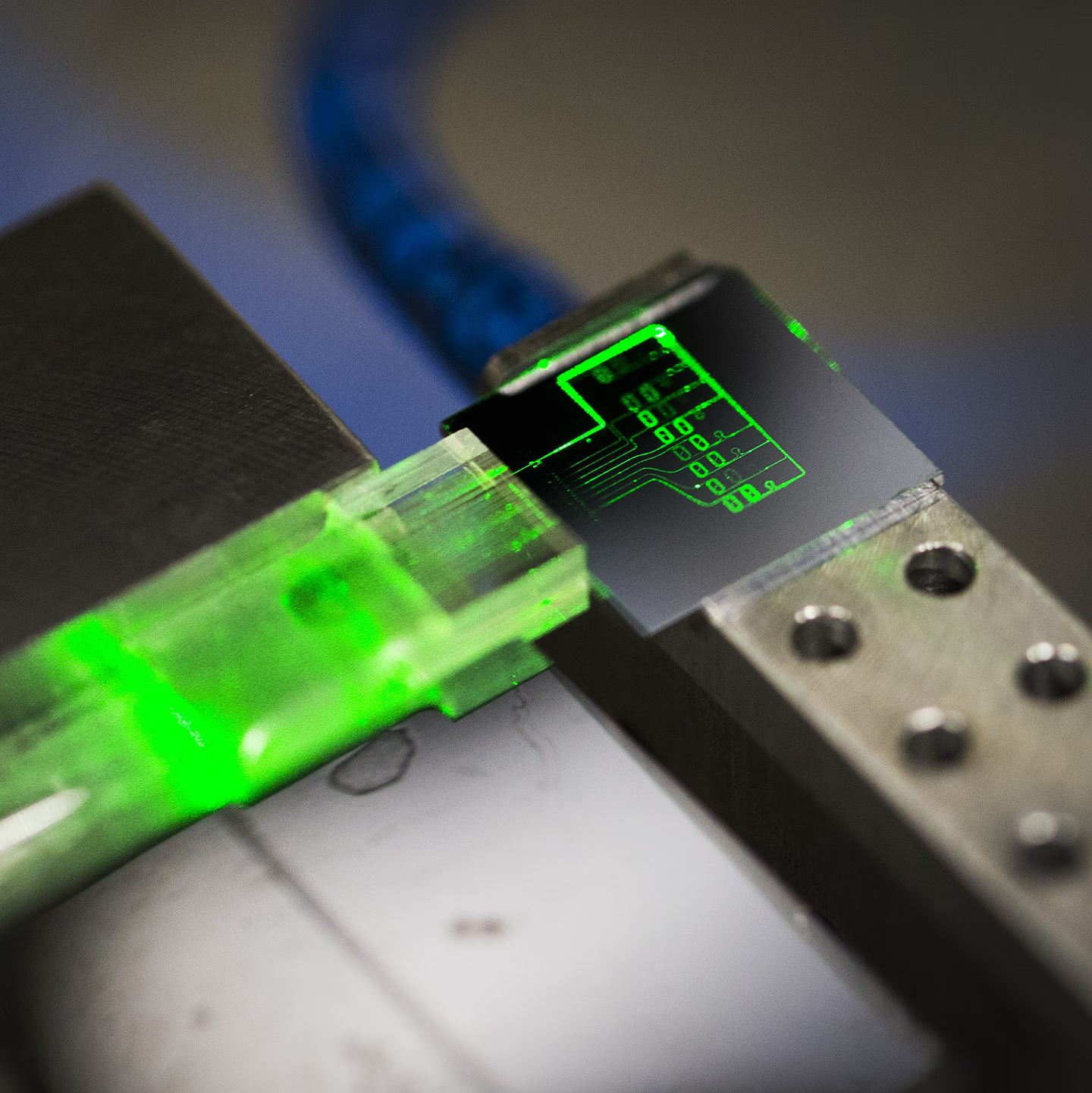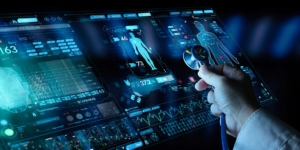
Health
Whether you are in medical device development, diagnostics, clinical research, or digital health, you must deliver precise, safe, and scalable solutions under strict regulatory, cost, and performance constraints. Photonics — the science and technology of light — gives you powerful tools to meet these demands, from non-invasive imaging and biosensing to advanced surgical and wearable technologies.
Photonics offers endless possibilities
Discover how you can:
- Boost prevention
- Diagnose diseases
- Manage chronic conditions
- Advance therapy options
And so much more!

How photonics can support your innovation
Photonics empowers the healthcare industry in countless ways. From faster, more accurate disease diagnosis and better medical treatment to improved medicine effectiveness and precise cancer detection through optical methods of medical imaging and in-vitro diagnostics.
Innovation with the advantages of light reduces the burden on healthcare and ensures a healthier, happier life.

How photonics is applied in Health
Curious how photonics can support your work? These examples show how light-based technologies are already transforming healthcare — enabling earlier diagnoses, smarter therapies, and more patient‑friendly devices.
Apply for innovation support
Biomedical instrumentation
Use light in lab and point-of-care tools to measure biomarkers, analyse tissues, and support precision diagnostics.
Medical imaging and scanners
Methods such as optical, infrared, or hybrid imaging give high resolution, functional and structural views inside the body.
Endoscopes for minimally invasive surgery
Fibre-optic and micro-light systems allow doctors to see inside organs without large incisions.
Biosensors
Light-based sensors detect specific molecules (e.g. proteins, DNA, metabolites) with high sensitivity in bodily fluids.
Lab-on-chip, lab-on-fibre, organ-on-chip
Integrate photonic functionality into microfluidic or fibre platforms to miniaturise assays and model biological systems.
Laser systems for medical applications: dermatology, surgery, dentistry, …
Use controlled laser light for cutting, ablation, therapy, skin treatments or dental applications with high precision.
Optical Coherence Tomography (OCT)
Non-contact imaging technique using light interference to capture cross-sectional views of tissues (e.g. retina, skin).
PIC-based medical sensors
Photonic Integrated Circuits (PICs) embed optical sensing or measurement on chip formats for compact medical devices.
Wearable sensors
Light-based wearable devices monitor physiological parameters (heart rate, blood oxygen, glucose) continuously.
3D body scanning
Use structured light, time-of-flight, or interferometric methods to create high fidelity 3D models for planning, diagnostics or monitoring.














